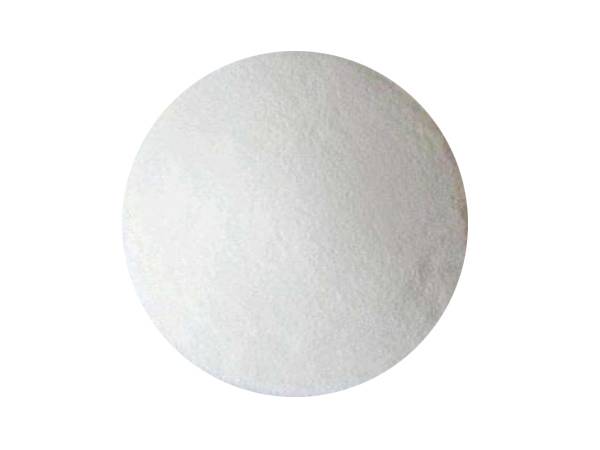



make sodium chlorate
How to Make Sodium Chlorate A Step-by-Step Guide
Sodium chlorate (NaClO3) is a chemical compound that has a variety of applications, particularly in the agricultural and industrial sectors. It is primarily used as a herbicide and a bleaching agent. Its production can be achieved through the chemical reaction of sodium chloride with chlorine. In this article, we will explore the general process of making sodium chlorate, keeping in mind the safety precautions necessary when handling chemicals.
Materials Required
1. Sodium chloride (table salt) 2. Water 3. Chlorine gas or liquid chlorine 4. Sodium hydroxide (lye) 5. A heat source 6. A reaction vessel 7. Safety equipment (gloves, goggles, lab coat, fume hood)
Safety Precautions
Before starting the process, it is crucial to emphasize safety. Chlorine is a toxic gas and poses respiratory hazards. Use appropriate PPE (personal protective equipment) and ensure that the experiment is conducted in a well-ventilated area or, ideally, in a fume hood. Always have a neutralizing agent for chlorine on hand, such as sodium bisulfite, and ensure that fire extinguishing equipment is accessible in case of emergencies.
The Chemical Reaction
The production of sodium chlorate can be summarized in this simplified reaction
1. Chlorination of sodium chloride \[ 3 NaCl + 3 Cl_2 + 6 NaOH → 5 NaCl + NaClO_3 + 3 H_2O \]
In this reaction, sodium chloride and chlorine gas react in the presence of sodium hydroxide to produce sodium chlorate, with sodium chloride and water as byproducts.
make sodium chlorate

Step-by-Step Process
1. Preparation of the Reaction Mixture Start by dissolving sodium chloride in water to create a saturated solution. The concentration may vary, but a typical saturation point is reached when no more salt dissolves in the liquid.
2. Chlorination Introduce chlorine gas into the saturated sodium chloride solution. This can be done using a chlorine generator or by carefully releasing chlorine gas into the mixture. Ensure proper control over the chlorine flow to avoid excess chlorine, which can lead to the formation of other unwanted chlorinated byproducts.
3. Addition of Sodium Hydroxide Gradually add sodium hydroxide to the reaction mixture. This addition should be controlled and done slowly to maintain an even reaction. The heat produced from the reaction may need to be moderated to prevent boiling or excessive reaction vigor.
4. Monitoring the Reaction Continually monitor the pH of the solution and maintain it at around 8 to 10. Here, sodium chlorate will start to form. The reaction can take several hours. You should monitor the appearance of white precipitate, which indicates the formation of sodium chlorate.
5. Filtering and Crystallization Once the reaction has reached completion, cool the mixture and filter out any unreacted solids. Sodium chlorate can be crystallized from the remaining solution by evaporating some of the water or allowing the solution to cool further.
6. Collection and Storage Collect the sodium chlorate crystals and allow them to dry. Store the product in a cool, dry place away from incompatible materials.
Conclusion
Making sodium chlorate can be a rewarding process, but it necessitates a thorough understanding of chemical reactions and adherence to safety practices. With its wide range of applications, sodium chlorate remains an important compound in various industries. Always prioritize safety and ensure you are well-equipped with the knowledge to handle chemicals responsibly.
-
High-Purity Strontium Chloride (SrCl2) for Lab & IndustryNewsAug.31,2025
-
Anhydrous Formic Acid 80% 85% 94% - High Purity SolutionsNewsAug.30,2025
-
Accurate Fire Assay Flux for Gold & Silver Ore AnalysisNewsAug.29,2025
-
Advanced Paint Chem Solutions: Quality Chemicals for CoatingsNewsAug.28,2025
-
Potassium Nitrate: The Ultimate Fertilizer for Agriculture and GardeningNewsAug.25,2025
-
Potasium Persulphate: A Versatile Chemical for Industrial ApplicationsNewsAug.25,2025
-
Industrial Applications of Sodium HydroxideNewsAug.25,2025










